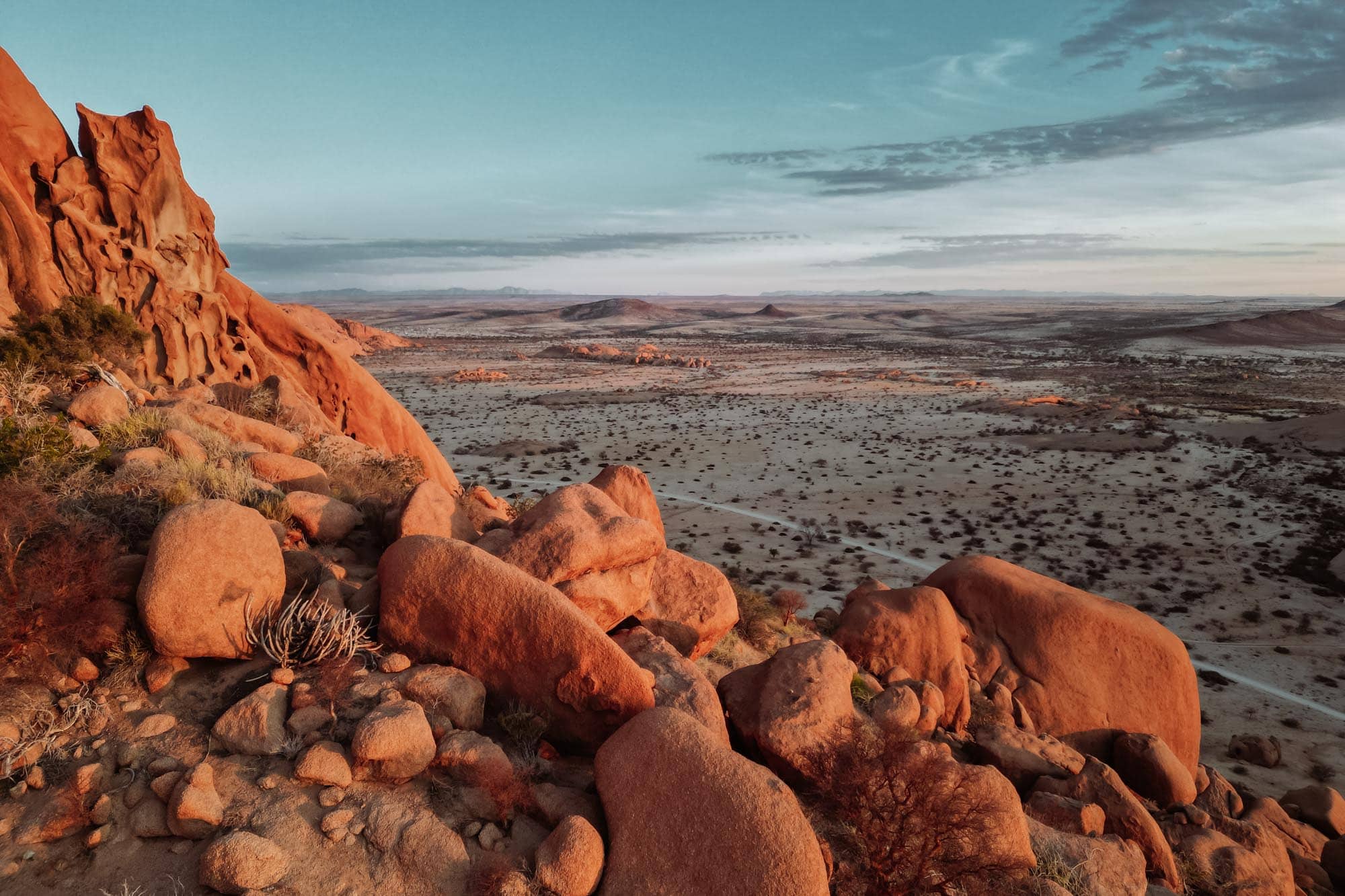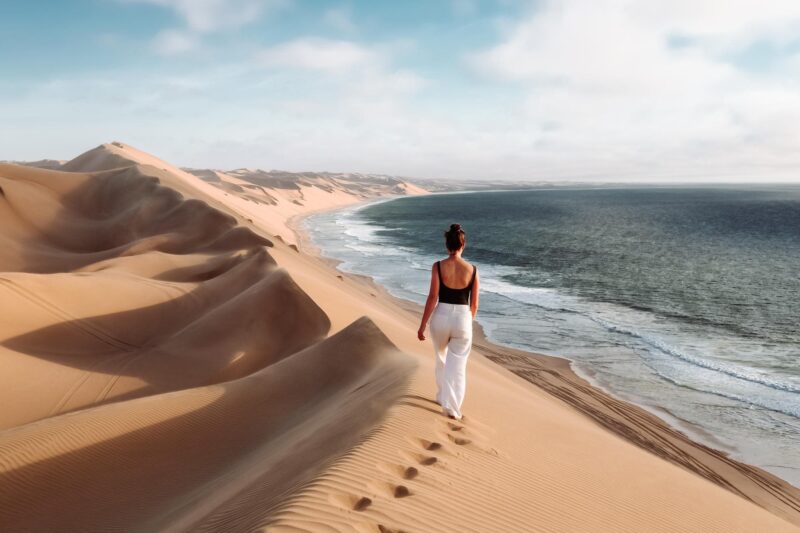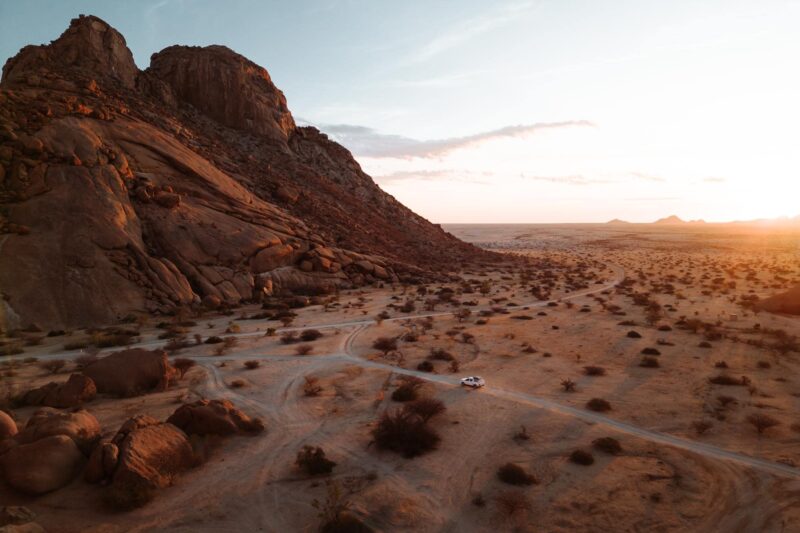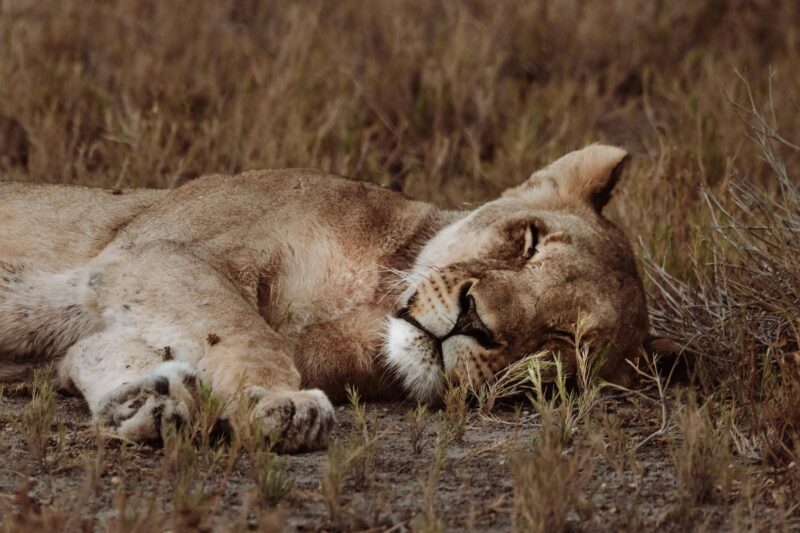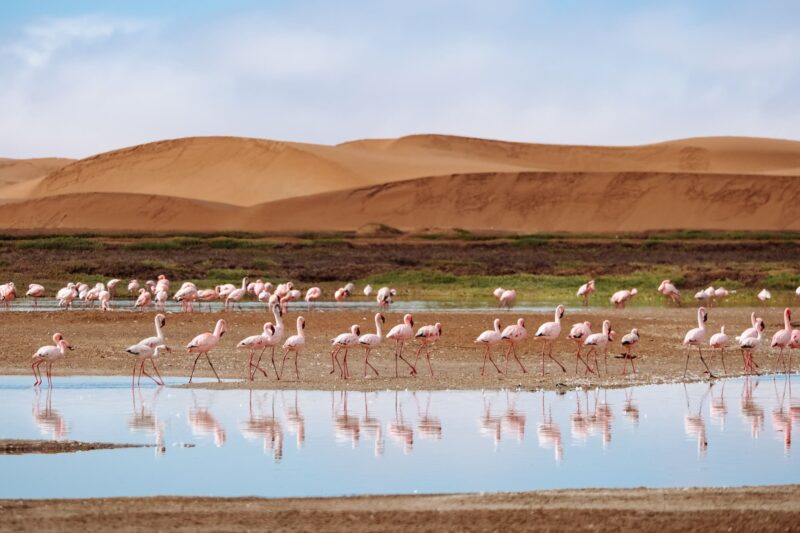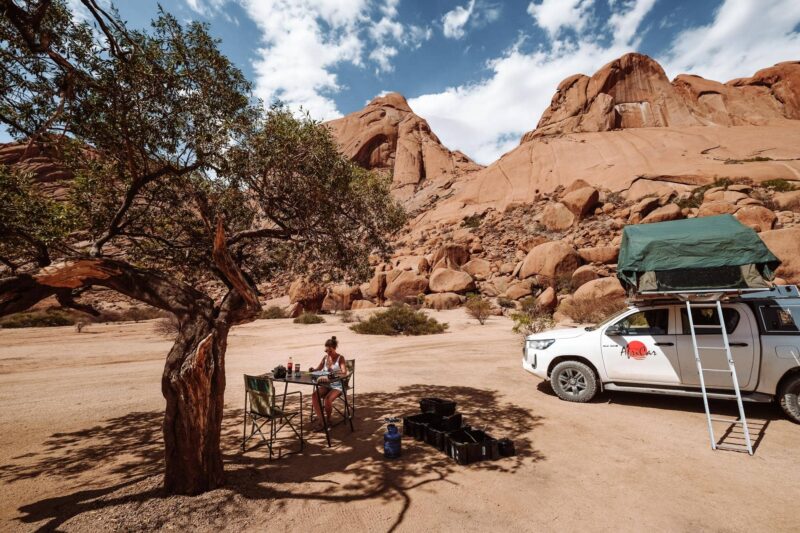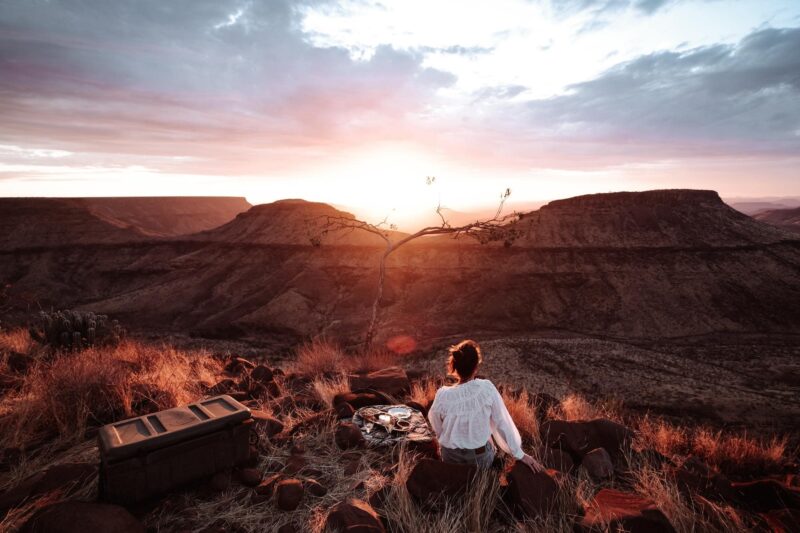Spitzkoppe is one of the most beautiful places we’ve ever been to. The enormous orange rock formations have acquired their beautiful rounded shapes through centuries of erosion. The surroundings of Spitzkoppe are completely flat, allowing you to spot the rock from dozens of kilometers (miles) away. From such a distance, it’s already impressive, but when you stand amidst the towering rocks, you’ll be awestruck by the natural beauty. You can go hiking, climbing, stargazing, and delve into the fascinating history of the Khoisan people. We’ve searched for the best tips for Spitzkoppe and have listed them below!


The brief history of Spitzkoppe
The rock formations of Spitzkoppe are estimated to have formed around 700 million years ago due to the collapse of a volcano. The impressive landscape is the result of centuries of erosion processes. Before Namibia became a German colony, the Khoisan people inhabited Spitzkoppe. The Khoisan are also known as Bushmen. They roamed as nomads across the southern hemisphere of Africa, and Spitzkoppe was a place where they often stayed for extended periods. They drew illustrations on the rocks using the blood and fat of animals. Through these illustrations, they communicated with other Khoisan groups about current events, such as the presence of dangerous animals to watch out for.
What to do in Spitzkoppe?
Spitzkoppe is a remarkable sight on its own, but there are a few standout activities you shouldn’t miss.
Watch the sunrise from the Rock Arch
The absolute highlight of a visit to Spitzkoppe is the Rock Arch. This is a massive stone bridge that provides a beautiful perspective of the phenomenal landscape. The view is especially impressive during sunrise. We promise, waking up early is completely worth it. The rising sun paints the rocks in a stunning fiery red hue. Make sure to arrive about ten minutes before sunrise. The Rock Arch isn’t hard to find, but there are no signs or clear paths, so you might need to search for it. It’s a one or two-minute walk from the parking area. We had the place all to ourselves in the early morning, making it an unforgettable moment!


Learn about history at Bushman Paradise
Bushman Paradise is a must-visit in Spitzkoppe. Here, you can view the centuries-old drawings created by the Khoisan people. You can only visit this site with a guide due to past incidents of damage to the drawings. Through the drawings, the guide will teach you about the history of Spitzkoppe, Namibia, and even all of Africa. The guides all come from the region, so your visit also supports the local population. During a visit to Bushman Paradise, you first climb up a steep rock. It’s a good idea to wear sturdy shoes for this. You’ll have good grip on the rock, and there’s a chain to hold onto. After about five minutes of climbing, you’ll reach the top and be able to admire the centuries-old drawings.
Good to know: The guides are available from 7:30 at the entrance of Bushman’s Paradise. The tour lasts approximately 20 minutes, and they don’t ask for a fixed price but a donation.
Hiking in Spitzkoppe
The great thing about Spitzkoppe is that you are free to roam a large part of the area. You can follow hiking trails, but you can also venture out on your own and be surprised. The rocks have a very rough texture, so you have plenty of grip. Climbing the rocks is easy, which is why it’s a popular destination for climbers. Be prepared for the heat and make sure to bring sunscreen, plenty of water, and a hat or cap.
We walked a bit into nature from our campsite 9A. This was a fantastic place to hike, as you can see in the photos below. If you want to take a longer and more challenging hike, it’s a good idea to go with a guide. There are several hiking and climbing routes that you can do with a guide. You can get all the information and arrange a guide at the entrance of Spitzkoppe. Due to the heat in Spitzkoppe, it’s wise to go hiking early in the morning.
Tip: Wear sturdy and closed shoes when hiking. You might encounter scorpions and snakes, so be alert.
Take a dip in the Rock Pool
The Rock Pool is a natural pool between the red rocks. Water is only present during the rainy season, and it’s lovely to take a dip and capture a beautiful photo. The Rock Pool is not an interesting place when it’s dry. We didn’t take a photo of it because there hadn’t been enough rain in the days before we were in Spitzkoppe.
Spotting Wildlife in Spitzkoppe
Keep your ears and eyes open as you explore Spitzkoppe because more animals live among the rocks than you might expect. We encountered a whole group of adorable rock hyraxes. Interestingly, these small animals are closely related to elephants. They share characteristics in their skulls, teeth, and toes. Their common ancestors have been extinct for 60 million years. In Spitzkoppe, you can also find zebras, oryx, black mongoose, and various bird species, including hornbills.
Admire the Clearest Night Sky
Most of the year, the weather is clear in Spitzkoppe, and due to the low light pollution, you can witness the most beautiful night sky. So, this is definitely one of the things to do in Spitzkoppe. Sit back, turn off all the lights around you, and enjoy the magnificent sky above you. There’s a good chance you’ll see shooting stars. Sometimes, it’s even said that you can see the planets Mars, Venus, Jupiter, and Saturn. The difference between planets and big stars is that stars twinkle, while planets do not.

Camping in Spitzkoppe
Camping with a 4×4 and rooftop tent is, in our opinion, the best way to experience the beauty of Namibia. During our road trip with Namibia Nomads, we stayed at the most beautiful campsites in Namibia, and Rest Camp Spitzkoppe was the most unique of all those campsites. This is perhaps the most beautiful campsite in all of Namibia. The camping spots are nestled among the rocks, in incredibly scenic locations within Spitzkoppe. Some camping spots are secluded and away from all the others, while others are grouped in twos or threes. At the secluded camping spots, you have a lot of privacy and feel like you’re alone in the world. When the sun sets, you can enjoy the starry sky, and it becomes absolutely quiet.
These are the most beautiful camping spots at the campsite
There are about 30 camping spots scattered throughout the landscape of Spitzkoppe. If you book your trip with Namibia Nomads like we did, then this campsite is included in your trip, but your reservation is not for a specific camping spot. You can choose your spot upon arrival, and it’s first-come, first-served. So, be there early, and you’ll likely have many options to choose from. There are some camping spots that truly stand out because you can view the sunset from there. These are the popular spots 9A, 9B, 10 A, 10C, 11A, and 11B. We arrived around 13:30 and still had the choice of almost all the camping spots. In the end, we chose camping spot 9A, and you can see what it looked like in the photos below. A fantastic place to stay, right?
There is no electricity or water at the camping spots. However, you can always find a dry toilet nearby. Each camping spot has a braai for cooking. At the entrance of Spitzkoppe, there are toilets, hot showers, and a small restaurant. If you want to shower or have a meal after choosing your camping spot, you can leave your table and chairs at the spot to reserve it.


The Alternative to Camping
Let’s start by saying that camping will simply provide the best experience in Spitzkoppe. However, if you really do not enjoy camping, there are some accommodations in the area. If your budget allows, it’s amazing to stay at Spitzkoppen Lodge. This is the only lodge located within Spitzkoppe, and the view from your chalet is stunning! Spitzkoppe Cabin Camp is ideal if you have a smaller budget. It’s located a few kilometers (miles) outside Spitzkoppe but still in a beautiful location.

Packing List for Spitzkoppe
In addition to the standard items you have in your suitcase, there are several items that are essential for your trip to Spitzkoppe:
- Headlamp
- Mosquito repellent
- Hat or cap for sun protection
- Power bank
- Sturdy (hiking) shoes
- Toilet paper
- Sunglasses
- Ample drinking water
